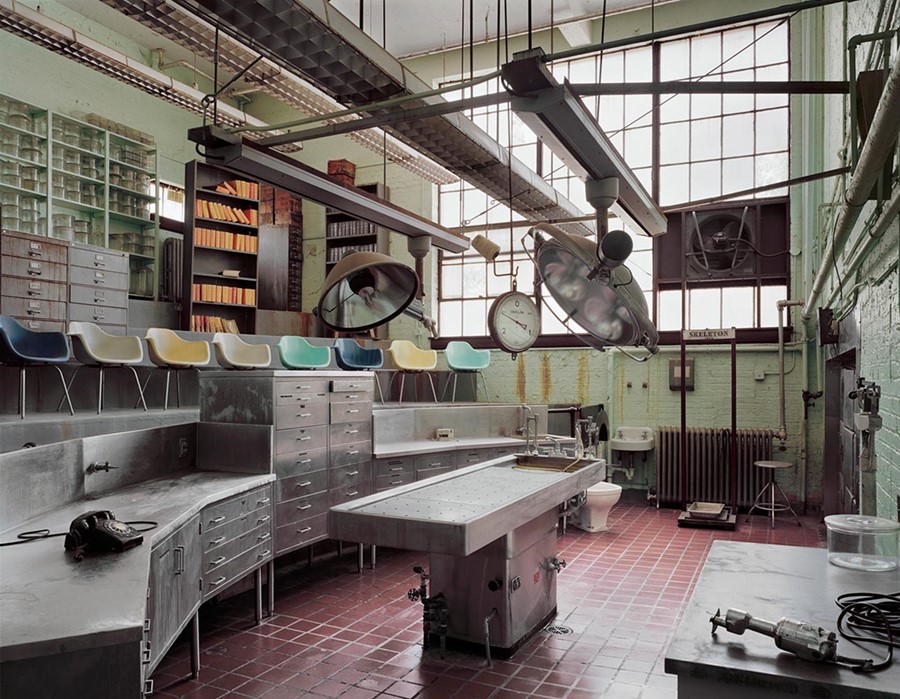Architect Christopher Payne spent six years photographing empty institutions across the US, as his new exhibition 'Asylum' documents
The first time architect and photographer Christopher Payne happened upon one of the USA’s many abandoned psychiatric hospitals was entirely by chance. He was in between architectural projects, having just finished a book about the New York City subway, when he spotted the outline of an enormous Long Island institution – which he later found out was the largest in the world – from the neighbouring highway. “It wasn’t particularly old, but the scale was like that of a small town,” he says. “I’d never seen anything like it.”
Unable to resist the temptation to jump the fence, he was astounded not only by the size of the grounds but by the architectural imprint which resonated throughout. “It had an institutional feel to it, in the sense that all the structures bore the same Romanesque stylings. It was really quite beautiful. There were streets, trees, big quads, sidewalks. It even had its own railroad station and an exit off the highway. If you didn’t know what it had been used for you’d think it was a college campus.”

Unsurprisingly, Payne found himself thinking about the building long after he had departed. “I left that day with so many questions,” he continues. “Why would this be closed down? Why would they build it in the first place? And it quickly became apparent that it wasn’t just this one facility – this one institution was really part of a much larger movement throughout the country and the world. You could feel the history, and what this place represented. I had no idea what I was getting into.”

Payne’s knowledge of psychiatric institutions at the time was relatively limited, so he set about doing some research. What he came to discover was the sheer number which had been built simultaneously, and then unceremoniously adandoned just as quickly 150 years later: the USA’s first psychiatric hospitals were developed in the late 18th century, but their population swelled rapidly from 1825, perpetuating a wave of new builds which cropped up across the country. By the early 20th century, however, stories about the frequent and often unfounded lobotomisation of patients, widespread abuse, changes in the law regarding payment for labour and large-scale shifts in funding all combined to cause their downfall. The lengthy process of deinstitutionalisation began in the 1950s and was expedited in the 20 years that followed, leaving behind it a multitude of enormous, empty buildings, patiently awaiting demolition.
Nonetheless, Payne was able to gain access to more than 70 empty, or partially abandoned, institutions in 33 states over the six years that followed his discovery on Long Island. “I kept finding the same thing, you know: the same scale of institution, the same abandonment, the same kind of grand architecture.” Here he tells AnOther about the strange and haunting phenomena which resonated throughout the string of hospitals he explored.
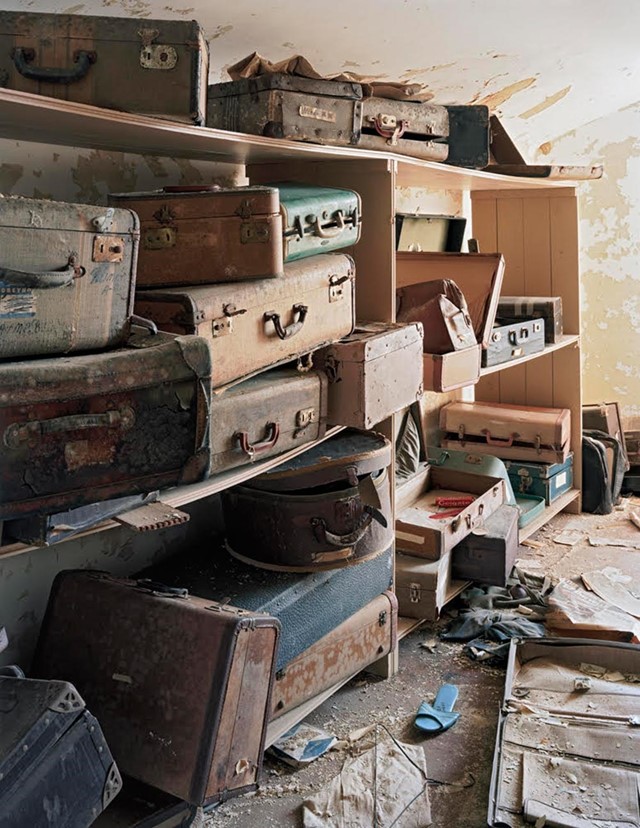
On the self-sufficiency which sustained the institutions...
“What kept me going long after the architectural fascination had subsided was the notion that all the hospitals were self-sufficient. They had their own farms, they had their own bakeries, they had their own power plants, water reservoirs. They had their slaughterhouses, chicken coops, all the things you have on a farm, but they also had industries – clothing, I found shoe shops and mattress shops. One even had a television station. It was unbelievable because a lot of them were located in very rural areas and in the 19th century most people in those places had to be self-sufficient, so that was the way the hospitals operated. You’d have these amazing buildings surrounded by hundreds, if not thousands, of acres of land. And the way they kept them going, of course, was to put patients to work – partly for therapeutic reasons, but also to keep the hospital in business.”
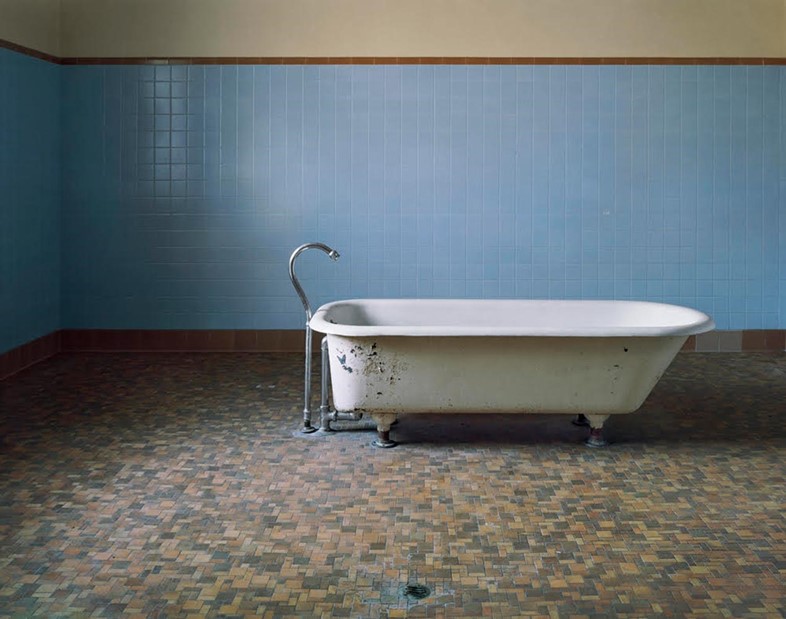
On the strangest thing he saw…
“Well, I didn’t see any ghosts. People always ask me, ‘did you see ghosts, did you see anything, you know, spiritual?’ and of course, there was a spiritual energy. Any place that has held thousands of lives, and many people who were truly unhappy, you feel that presence. Especially when a building is abandoned.
Some of the most amazing things I encountered are reflected in the photographs. Like the toothbrushes, for example – they were just left in a bathroom, way way way in the back of the hospital, you almost needed directions to find it – but when I saw that, so intact, I knew I’d never see that in another place."
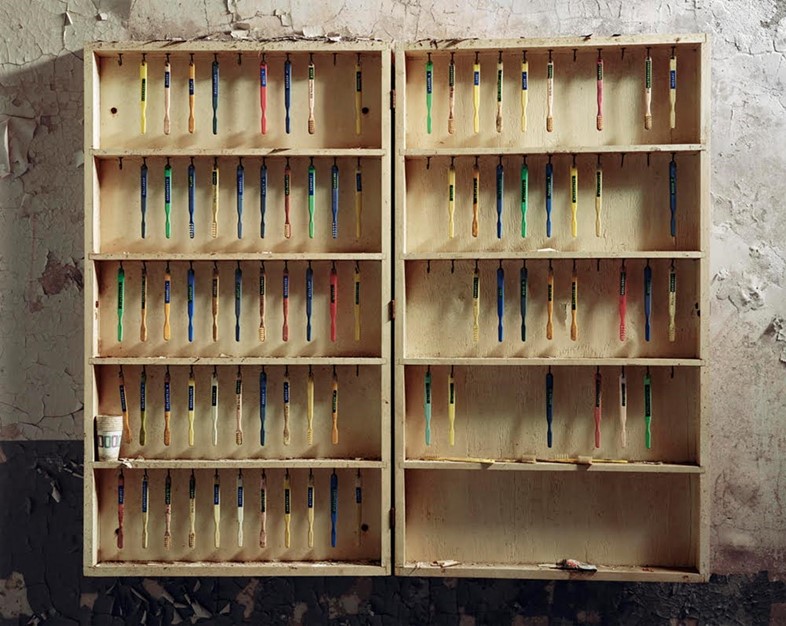
“I found a lot of time capsules that people had left. Often they would still use, say, the lower floors of the building for the hospital, but they’d turn off the elevator and let the upper floors go to disrepair. So that’s what people would show me. I saw a lot of projection rooms, with all the original projectors that hadn’t been used in 40 years. There’s an autopsy theatre, too, which is one of my favourite shots – I remember the guard scratching his head that day, trying to think of what he could show me, and then his eyes opened wide, and he said, ‘oh, I know what you’ll want!’ I remember opening the doors to this place and it was just totally intact, even though it hadn’t been used in years.
All the hospitals had theatres where they would show movies, too, ranging from just a hall full of chairs to something that looked very grand, and often they’d have a ballroom in the basement where they’d put on plays and bands. I found the theatres to be really emblematic of what the asylums could be, in the sense that they would try to replicate the outside world on the inside.”
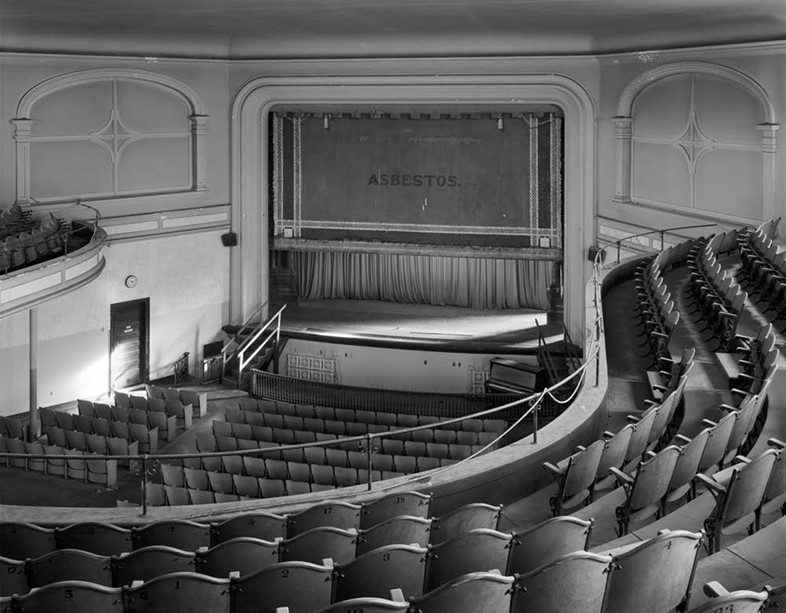
On how buildings inherit the stigma of mental illness…
“No matter how many pictures I’ve taken, I always feel powerless to stop the buildings being sold and demolished. Coming from an architectural background I know what these places could become, so what makes me sad is when these buildings are demolished and then sold to private developers for profit. Why can’t these complexes be reused for some kind of therapeutic means, like their original purpose? Whoever has the most money is always looking to make a profit. And there’s still a stigma of mental illness passed on to the buildings you know, so people look at the buildings and they kinda get creeped out. If you squint, they just look like any other large building of their time.”
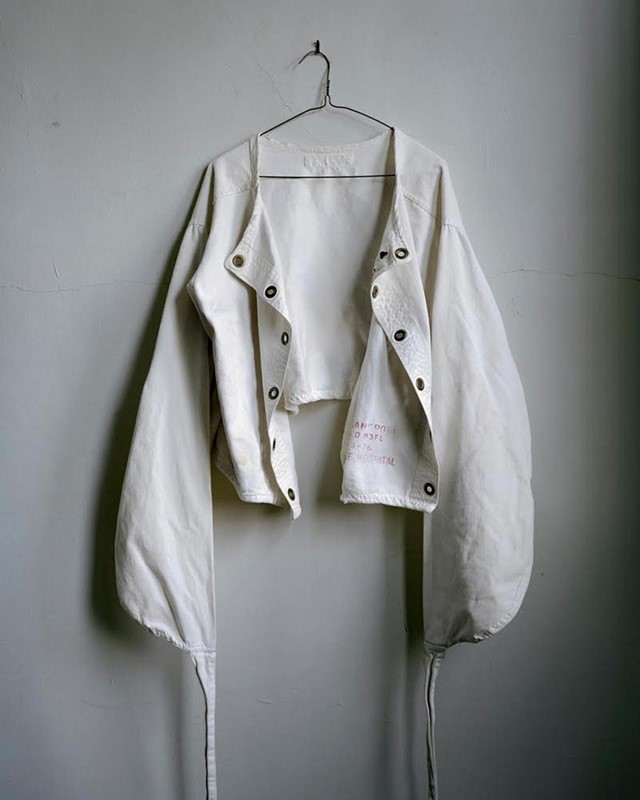
Christopher Payne: Asylum runs from February 11 until March 26, 2016, at Benrubi Gallery in New York.
